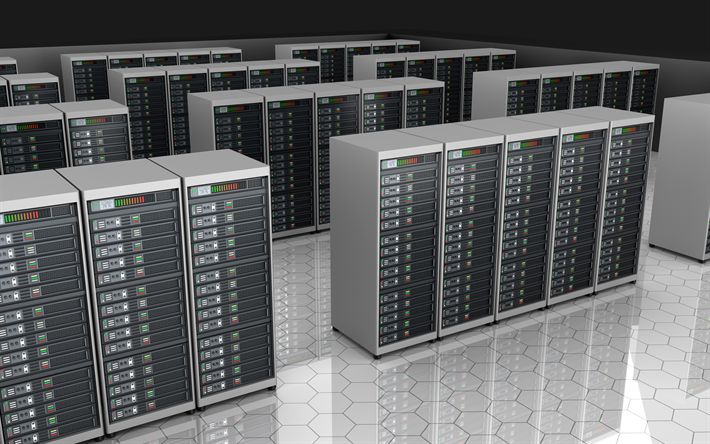
Since the hardware is not shared with any other users, all CPU, RAM, and storage resources are allocated entirely to the tenant. This results in more predictable performance compared to shared environments.
High Performance: With direct access to the bare metal server hardware and no virtualization overhead, applications can run faster and more efficiently. This is especially important for data-intensive tasks like gaming servers, databases, or large-scale data processing.
Custom Configuration: Users can configure the operating system, install specific software, and fine-tune the server settings to meet precise needs. This flexibility is often required in enterprise environments.
Enhanced Security: Because there's no sharing of physical resources, the risk of cross-tenant data leakage is eliminated. This makes bare metal ideal for sensitive workloads, such as financial applications or healthcare systems.
Scalability: Although traditionally seen as less scalable than virtual environments, modern bare metal services offered by hosting providers can still be quickly deployed, upgraded, or replaced, offering scalability on demand.
Use Cases for Bare Metal Servers
Bare metal servers are ideal for scenarios where performance, security, and control are critical. Common use cases include:
Hosting high-traffic websites or applications
Running large databases like MySQL or PostgreSQL
Gaming servers that require real-time performance
Machine learning and big data analysis
Video rendering and 3D modeling applications
Virtualization hosts (ironically, they can host virtual machines for others)
Bare Metal vs. Virtual Servers
While cloud and virtual private servers (VPS) offer cost efficiency and quick deployment, they are limited in terms of customization and consistent performance. Virtual environments are suitable for smaller, more flexible needs. However, when raw computing power, full access, and security are top priorities, bare metal stands out as the superior option.


































